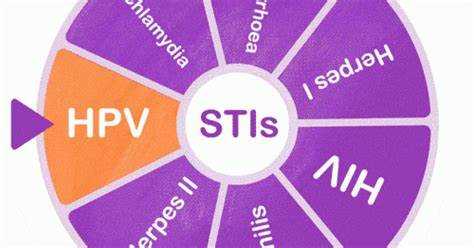
Zim Now Writer
Sexually transmitted infections have remained a significant public health concern in Zimbabwe, with the total number of cases increasing by 15 827 in 2022 compared to 2021, statistics from the Ministry of Health and Child Care show.
The figure does not include HIV, the most dreaded infection which recorded 23 000 new cases during the same period.
STIs have a direct impact on sexual and reproductive health, leading to stigmatisation, infertility, cancers, pregnancy complications, and an increased risk of HIV.
There are more than 30 different bacteria, viruses, and parasites known to be transmitted through sexual contact, including vaginal, anal, and oral sex. Some STIs can also be transmitted from mother-to-child during pregnancy, childbirth, and breastfeeding. Of these, four are curable: syphilis, gonorrhoea, chlamydia, and trichomoniasis, while the other four are incurable viral infections: hepatitis B, herpes simplex virus, HIV, and human papillomavirus.
Ministry of Health and Child Care statistics show that genital ulcers spiked by 22 percent, urethral discharge cases went up by nine percent, while vaginal discharge cases went up by two percent.
This spike occurred despite the distribution of a staggering total of 121 157 970 male and female condoms in the same year.
The ministry said STIs, which affect both adults and children, contribute to increased morbidity and mortality if left untreated.
Related Stories
“Please note the increase in vaginal discharge, Urethral Discharges, and Genital Ulcer cases in 2022 compared to 2021. Trends for VDS and UDS are increasing, while other syndromes show a slight decrease. Some STIs show symptoms, while others are asymptomatic, so the individual can pass infection unknowingly,” said the ministry.
“In 2021 a total of 28 538 genital ulcer cases were recorded in Zimbabwe and the figure went up to 36 267 in 2022, a 22 percent difference. For urethral discharge, cases went up from 61 018 to 67 314 while for vaginal discharge cases went to 79 194 from 77 347.”
Women who experience unusual vaginal discharge are encouraged to seek medical attention as this may be an onset of an STI. Discharge with itching, redness, swelling, pelvic pain, blood, or a strong smell may indicate an STI, like trich, chlamydia, or gonorrhoea.
Condoms provide a critical support base for all HIV prevention interventions, and the ministry encourages the use of condoms as dual protection.
In 2021, 108 million male condoms and 3 404 502 million female condoms were distributed in Zimbabwe while the figure went up to 119 595 390 million and 1 562 580 respectively in 2022.
Although the use of male condoms in Zimbabwe remains one of the highest in the region, the uptake of female condoms remains low, constituting less than three percent of the total distributed figure.
Despite the high number of condoms distributed, the STI positivity rate remains of concern, especially in key populations. The HIV positivity rate for male sex workers stands at 16.4 percent, and for female sex workers, it is 8.5 percent. For men who have sex with men, the positivity rate stands at 8.99 percent, while prisoners have a positivity rate of 8.78 percent for males and 11.9 percent for females.
To protect oneself from STIs, measures such as using condoms and regular STI testing are crucial.




















Leave Comments